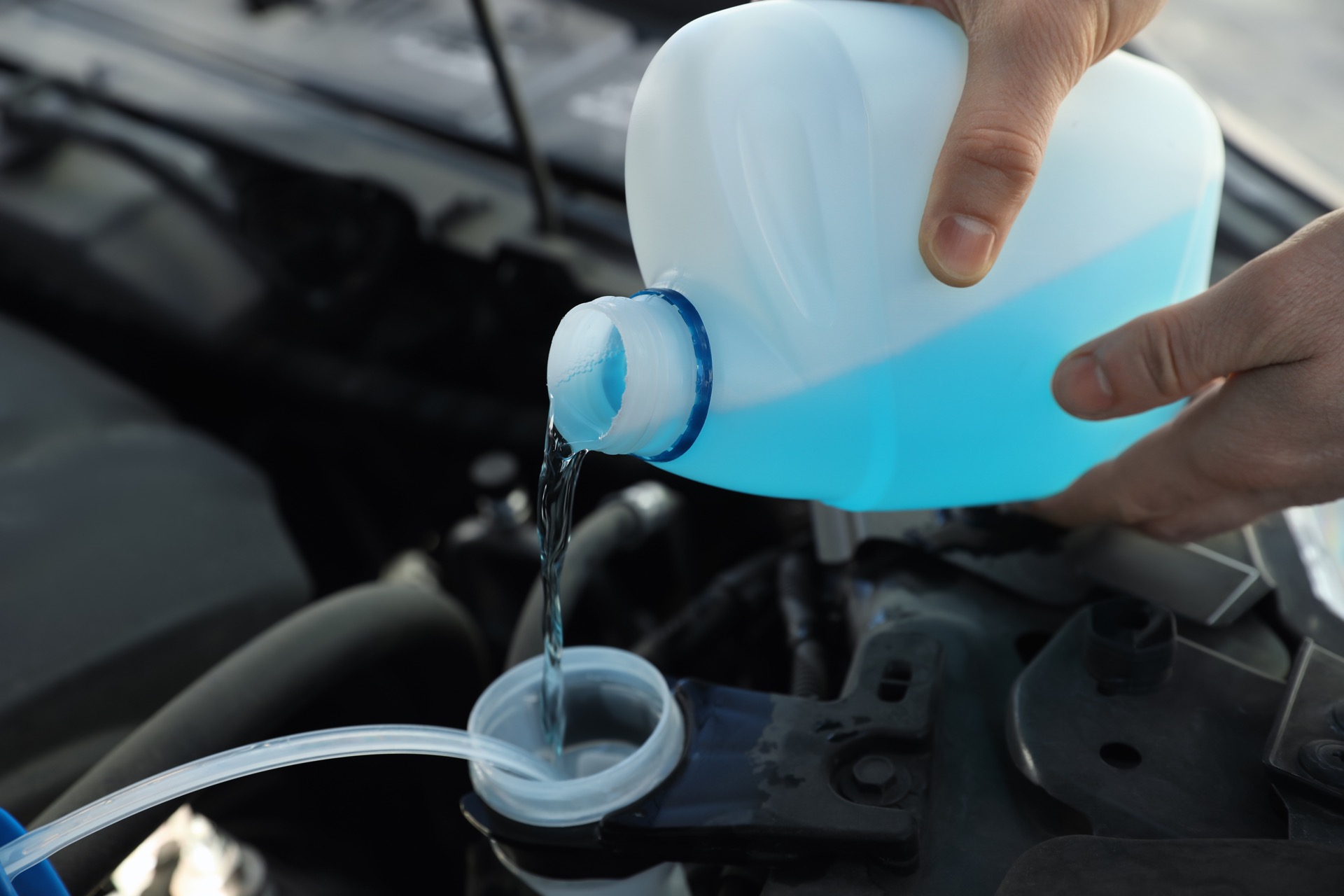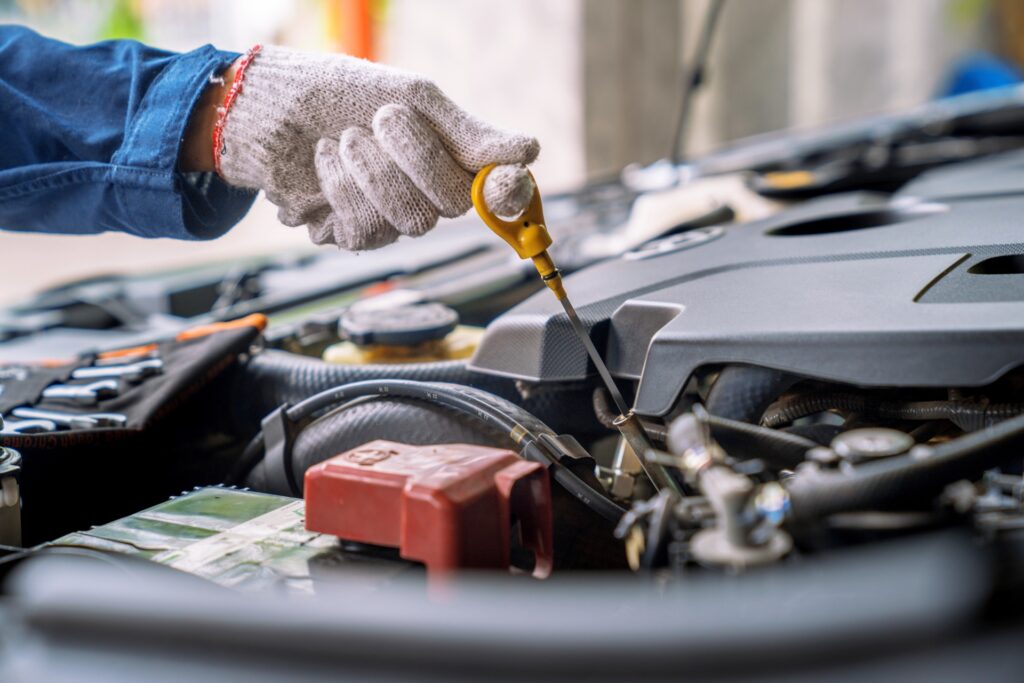Mechanics are great when you have vehicle issues that you just can’t fix on your own, but you’d be surprised as to how many regular maintenance tasks you can do yourself. These range from learning how to put air in car tires to swapping out air filters. Many of which are as simple and easy as putting together furniture (without having to decipher complex IKEA pictures).
Here are 3 essential maintenance tasks you can do without the help of a mechanic.
Putting Air in Your Car’s Tires and Changing Them as Needed
It’s never a bad idea to check the air pressure of your tires before you head out on longer trips. All vehicles have a sticker in the door that details the air pressure for each of your tires. The info is also in your owner’s manual as well.
To add air to your tires simply follow these steps:
- Find and go to a gas station with an air compressor to fill your tires.
- Remove the plastic cap from the tire stem from one of your tires.
- Using the nozzle of the air compressor, quickly (but gently) push the nozzle over the exposed metal and press the air compressor handle to start pumping air into your tires. You should hear a dull hiss if you’ve put it on your tire stem correctly.
- Remove the nozzle, put on the tire stem cap, and repeat steps 2-4 for each tire.
Air compressors work quickly so if your tire is only low by about 5psi then only hold the nozzle on the tire for about 5 seconds. Generally, it only takes about 1-2 seconds per psi to pump into your tires.
Check out our simple guide about how and when to replace your tires so you’re always driving with the maximum amount of grip on your journeys.

Checking and/or Filling the Fluids in Your Car
Like people, cars get thirsty too. Unlike people, they can tolerate drinking chemicals much better than people. Here are the main fluids your car “drinks”:
- Engine oil
- Windshield washer fluid
- Coolant
- Antifreeze
- Power steering fluid
Each of these has handy gauges or markings on their container exterior to show you what levels they should be at in your engine bay with the exception of engine oil.
Engine oil is a little different as you’ll need to check your car’s dipstick and observe the levels there. If the oil is dark and muddy like black coffee without cream it’s time to change it, and if the oil is below the two dots on your dipstick you’ll need to add more oil.
The other aforementioned fluids can easily be topped off by simply adding them into the container in your engine bay.
Changing Out Your Car’s Air and Cabin Filters
Your car doesn’t have nose hairs to block out gross stuff from getting into its “lungs”, so it needs air and cabin filters to do the job for it.
Air filters are specifically designed for your engine to prevent your car’s air intake from getting clogged with debris and bugs and are located in your engine bay, typically close to the engine itself. These are typically replaced by simply unclipping the clasp that locks the air filter into place and swapping out the dirty filter with a new one.
Your cabin filter, on the other hand, is designed to prevent dirt, dust, and other debris from entering the cabin of your vehicle (i.e. where you actually sit and drive the car). The location of this varies from vehicle to vehicle, but often it can be found behind the glove box. If you’re unsure, check your owner’s manual for the location and how to properly replace it.
Like your car’s air filter, the cabin filter is just as easy to replace. Simply slide out the old filter and replace it with a new one—similar to how furnace filters are replaced.
Overall, regular maintenance of your vehicle doesn’t require complex tools or an in-depth knowledge of cars to do properly. You can ensure your car continues to run smoothly with simple check-ups and tune-ups you can do yourself.

